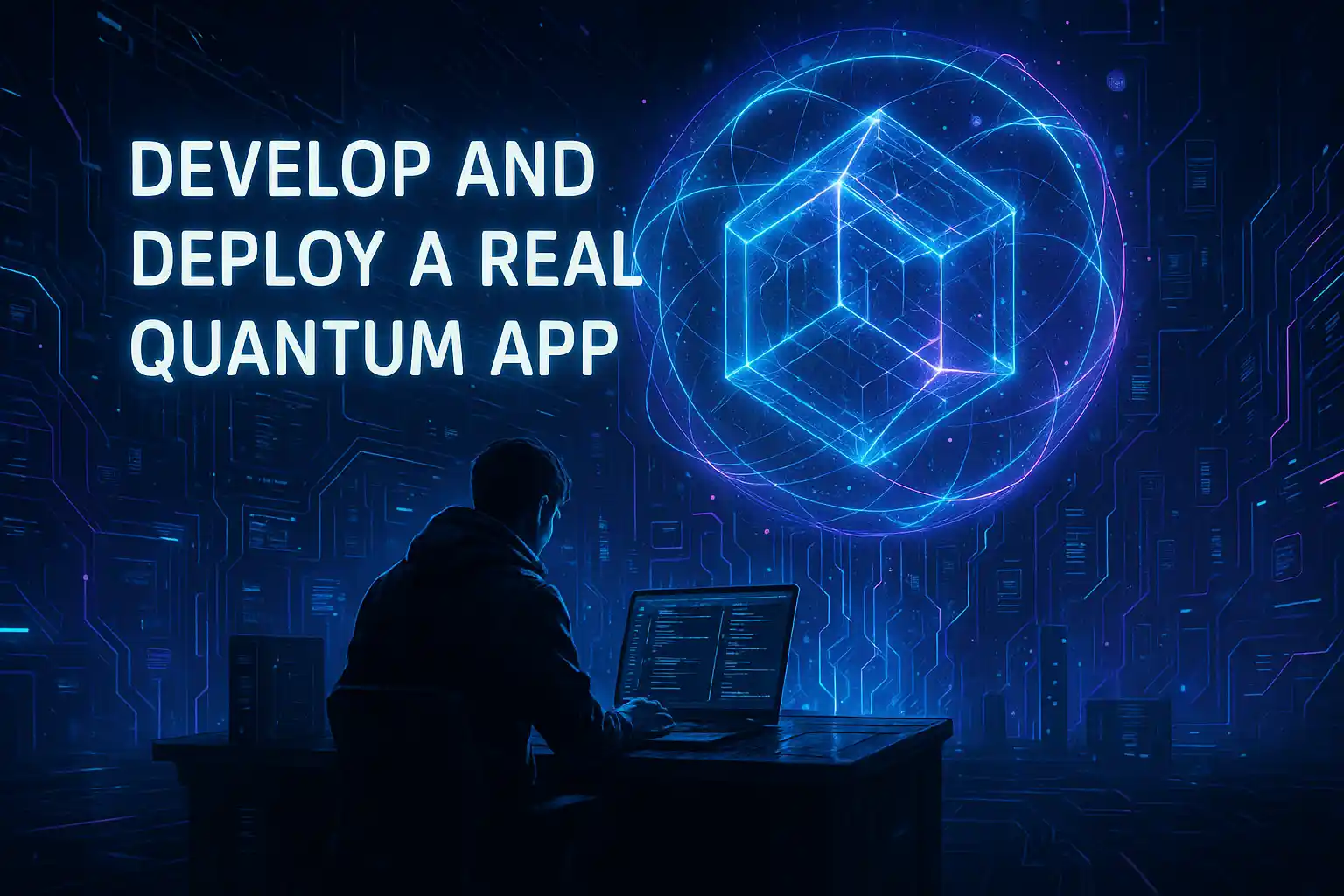Table of Contents
- Introduction
- Project Objectives
- Choosing a Problem Domain
- Formulating a Research or Application Goal
- Selecting the Right Quantum Algorithm
- Data Preparation and Encoding Strategies
- Designing the Quantum Circuit
- Integrating Classical Components
- Building the Application Architecture
- Choosing Quantum Backends and Providers
- Implementing a Real-Time Execution Loop
- Visualizing Quantum Results
- Developing a Web Interface (Optional)
- Testing and Validating Your Application
- Performance Benchmarking
- Deploying on the Cloud or Web
- Writing Technical Documentation
- Recording a Demo and Final Report
- Peer Review and Feedback
- Conclusion and Future Directions
1. Introduction
The capstone project is the culmination of your quantum learning journey. It brings together quantum theory, software engineering, and practical implementation into one real-world application.
2. Project Objectives
- Solve a meaningful problem with a quantum approach
- Build a hybrid classical-quantum software application
- Deploy it on a cloud quantum provider or local simulator
3. Choosing a Problem Domain
Example domains:
- Optimization (e.g., job scheduling)
- Quantum ML (e.g., classification)
- Chemistry (e.g., ground state estimation)
- Cryptography (e.g., oracle-based algorithms)
4. Formulating a Research or Application Goal
Clearly define your app’s purpose:
- What problem are you solving?
- Why is quantum computing relevant here?
- What are your success criteria?
5. Selecting the Right Quantum Algorithm
Options include:
- QAOA, VQE, HHL, Grover’s, QPE, Quantum Kernels
- For ML: QNNs, QSVR, quantum clustering
6. Data Preparation and Encoding Strategies
Use basis, amplitude, angle encoding as per your input structure. Normalize classical data before quantum injection.
7. Designing the Quantum Circuit
- Use
QuantumCircuitin Qiskit - Parameterize gates if using variational methods
- Simulate and visualize before full integration
8. Integrating Classical Components
- Classical optimizer
- Feature preprocessing
- Post-classification decision logic
9. Building the Application Architecture
Use a modular design:
- Core quantum module
- Classical interface
- Result manager
- Optional: REST API or UI
10. Choosing Quantum Backends and Providers
Options:
- IBM Quantum (Qiskit Runtime)
- Amazon Braket (Cirq, PennyLane)
- Azure Quantum
- Xanadu Cloud
11. Implementing a Real-Time Execution Loop
If variational:
- Bind params → measure expectation → update params
- Run loop inside a session for performance
12. Visualizing Quantum Results
- Histogram of outcomes
- Bloch sphere (for small circuits)
- Learning curves (e.g., loss vs epoch)
13. Developing a Web Interface (Optional)
- Use React or Vue
- Flask/FastAPI backend
- Show progress, job status, and result plots
14. Testing and Validating Your Application
- Use simulators for baseline testing
- Compare real hardware and noisy backend outputs
- Validate quantum outputs against classical approximations
15. Performance Benchmarking
- Track time per epoch
- Measure depth, gate count
- Record fidelity or classification accuracy
16. Deploying on the Cloud or Web
- Use Docker to containerize
- Deploy frontend/backend on Render, Heroku, or Vercel
- For quantum backends, use secure token handling
17. Writing Technical Documentation
Include:
- Project overview
- Circuit structure
- Backend configurations
- Known limitations
18. Recording a Demo and Final Report
Create a screencast and PDF that:
- Explain architecture
- Demonstrate quantum runs
- Highlight results and insights
19. Peer Review and Feedback
Share with a mentor or community
- Request feedback
- Respond to pull request reviews
- Iterate on bugs and usability
20. Conclusion and Future Directions
Your capstone can become:
- A scientific paper
- A startup prototype
- A conference presentation
Continue evolving it with more data, circuits, or cloud deployments.


